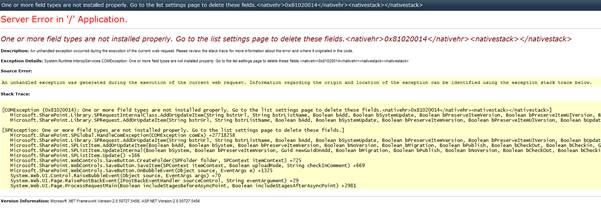SQL vs NoSQL, they’re actually talking about relational versus non-relational databases. That’s what I’m talking about here: Relational databases (such as Oracle, MySQL, and SQL Server) versus newer non-relational databases (such as MongoDB, CouchDB, BigTable, and others).
Popular open source NoSQL data stores include:
- Cassandra (tabular, written in Java, used by Cisco WebEx, Digg, Facebook, IBM, Mahalo, Rackspace, Reddit and Twitter)
- CouchDB (document, written in Erlang, used by BBC and Engine Yard)
- Dynomite (key-value, written in Erlang, used by Powerset)
- HBase (key-value, written in Java, used by Bing)
- Hypertable (tabular, written in C++, used by Baidu)
- Kai (key-value, written in Erlang)
- MemcacheDB (key-value, written in C, used by Reddit)
- MongoDB (document, written in C++, used by Electronic Arts, Github, NY Times and Sourceforge)
- Neo4j (graph, written in Java, used by some Swedish universities)
- Project Voldemort (key-value, written in Java, used by LinkedIn)
- Redis (key-value, written in C, used by Craigslist, Engine Yard and Github)
- Riak (key-value, written in Erlang, used by Comcast and Mochi Media)
- Ringo (key-value, written in Erlang, used by Nokia)
- Scalaris (key-value, written in Erlang, used by OnScale)
- Terrastore (document, written in Java)
- ThruDB (document, written in C++, used by JunkDepot.com)
- Tokyo Cabinet/Tokyo Tyrant (key-value, written in C, used by Mixi.jp (Japanese social networking site))
db4o (database for objects) is an embeddable open source object database for Java and .NET developers. It is developed, commercially licensed and supported by Versant.
db4o is written in Java and .NET and provides the respective APIs. db4o can run on any operating system that supports Java or .NET.






































